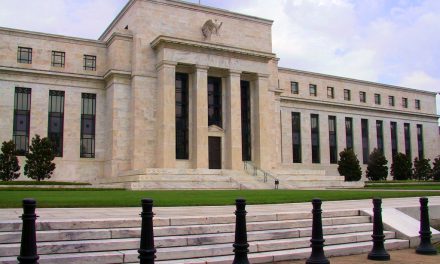How has the pandemic and 2020 recession shifted the plans of your retirement-age homeowners on relocating to senior-living communities?
- They are delaying moving into senior-living communities. (57%, 28 Votes)
- They are considering senior-living communities at the same level as before 2020. (27%, 13 Votes)
- They are no longer considering senior-living communities. (16%, 8 Votes)
Total Voters: 49
The coronavirus (COVID-19) has changed how we live, work and socialize in 2020. But none have experienced as much change as seniors.
Seniors have been shown to experience greater health impacts when they catch COVID-19. Further, residents of senior living communities and nursing homes are in close proximity to other seniors and healthcare workers. To protect this vulnerable population, many communities have prohibited visitors for months now, leaving many lonely seniors unable to see their family or friends.
Over 90,000 seniors have been diagnosed with COVID-19 here in California as of October 9, 2020, according to the California Department of Public Health. The vast majority — 73.6% — of all COVID-19 related deaths in California have occurred in infected individuals 65 years of age and older.
Further, 2020’s historic job losses have disproportionally impacted older workers. For example, while the unemployment rate was 13% for 25- to 44-year-olds in April 2020, it was over 15% for those 65 and older (not including those who had already retired), according to Brookings. Further, many older workers have simply retired early in an effort to avoid getting sick, evidenced in part by the plummeting labor force participation (LFP) rate.
Together, these facts have pushed many individuals approaching or past retirement age to reconsider their future housing plans.
Home values will also shift retirement plans
Those who were forced into early retirement — whether through their own choice to avoid exposure or through job loss near the end of their career — will enter the next phase of their lives with reduced resources, causing the average quality of life for senior residents to undoubtedly suffer in 2020 and beyond. Many have not reached the age when they begin receiving benefits like social security. Still others were counting on a couple more years of saving before cutting off their streams of income.
Another concern, also identified by Brookings: many seniors’ retirement plans are tied into their home equities. Home values have thus far remained buoyed, but all factors point to this changing soon.
While interest rates have increased buyer purchasing power over 10% year-over-year, the result has been just a 5% rise in prices as of July 2020, indicating weakening homebuyer demand. Further, with year-to-date home sales volume down 9% in California as of August 2020, prices are primed to fall.
When prices do fall, those seniors who had planned to sell their homes and use the money to pay for their lives in retirement will see a drastic cut to their budgets.
However, these same seniors may choose to remain in their homes longer anyway, due to the increasingly negative stigma COVID-19 has cast on senior living communities and nursing homes.
Just like following the 2008 recession, when Baby Boomers saw their 401ks and home values slashed, the 2020 recession has brought another sea change for retirees. But this time, on top of the economic impacts, the social and health impacts are another wave this vulnerable age group will need to contend with.
When retirees can afford it, they will increasingly stay in their homes for longer. COVID-19 has made moving less desirable, and when they do move, many will seek to avoid moving into denser communities. Therefore, aging in place will become more common.
This will prove problematic to the newer generation of homebuyers, who, in the past, relied on a steady churn of housing to fulfill inventory gaps. New residential construction will need to occur to fill these new gaps left by aging adults stuck in place.
Related article:




















Carrie, My personal data may be an exception to your article, but I do not think so… maybe more of an addition:
First, you are missing a 4th voting option…
They are considering senior-living communities at a higher level as before 2020.
I know a handful of other (I’m one myself) seniors that although these others are 5-7 years before their planned timelines (aged 58-60) and that many years also before they are able to get social security, are old enough to move into senior housing. These others have elected to sell now because their home values are high; they have been struggling already through the effects of the China virus in the workplace, at home, and in the marketplace in general; to reduce their expenses even more now than waiting for another few years of uncertainty; and decided as they do not know what those longer term effects will be into next year, that NOW is the time to make a move. From this small sample group, they have all elected, with their equity from selling their homes, to purchase a manufactured home in a senior community. Thus with a cash purchase of the manufactured home, they have/will have reduced their monthly expenses to just the cost of the land lease, instead of a mortgage payment, with less insurance, utility, and tax costs. So with this solution, they will/will be avoiding a lot of the pitfalls you mentioned in other types of senior communities and especially in nursing homes (as nursing homes are not needed for them at this point).